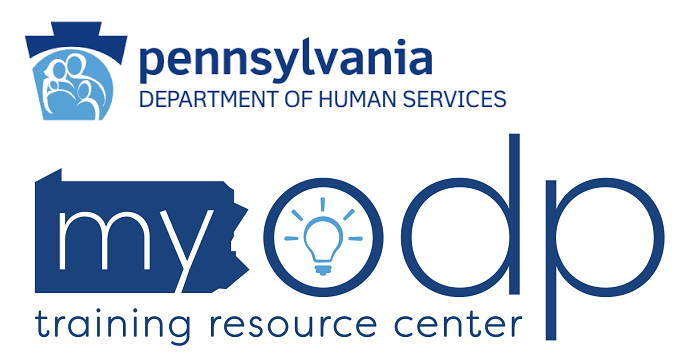Positive Approaches Journal, Volume 11, Issue 1
Positive Approaches Journal | 6

Volume 11 ► Issue 1 ► May 2022
Innovation & Best Practices in Supporting Autistic Adults
Introduction
The modern proverbial saying, “You’ve met a person with autism, so you’ve met a person with autism,” could not be truer. Autism Spectrum Disorder (ASD) is many things; frustrating, misunderstood, and hard to read, but also literal, observant, focused. As an adult with autism, I can’t offer solutions for everyone. Many will say I am a success story and in some regards that may well be true. I can speak to how I think, how I perceive, and what I’ve done. I wasn’t diagnosed with autism until I was an adult. Finding supports and services for myself has never been consistent or easy. My emotions and my outlook constantly see-saw and I am constantly in a state of flux balancing the life I have with the life I want. I am cognizant of the fact that autism is not a diagnosis with a one size fits all solution or treatment. But I’m also able to articulate what works (for me) and what doesn’t. Not all adults with autism are so fortunate.
The current prevalence of autistic births – 1 in 44 – has garnered much attention for children with autism. All kinds of services involving early intervention, neurofeedback, and applied behavior analysis are available and focused on children. The list is endless. And what works for some, may not work for all. But what happens as those individuals age out of the children’s service system? They are met with an uncertain future, and not one that can be clearly defined or predicted. Autism as an adult is an entirely different world than autism as a child. For instance – the meltdowns. What do you do for an adult with autism who is melting down? Not a simple solution or a simple answer. A child might be comforted by their parents or caregivers. An adult screaming and crying in public is more apt to be asked to leave an establishment or worse, have the police involved. Pair that with many of the co-occurring disorders that can manifest in tandem with autism including depression, anxiety, intellectual disability, or epilepsy and the future gets fuzzier still. How can we reconcile successful treatments for adults with autism with the myriad forms that ASD can take? More specifically, how can we assist adults with all forms of autism to be a part of the world around them, to be accepted, celebrated, and embraced?
This issue of Positive
Approaches seeks to shed some light on adults with autism. The issue features
six articles dealing with the many sides of the autism picture. An article on
transgender identity and gender dysphoria highlights ways that adults with
autism can be supported and accepted while defining who they are. An article on
the Temple University Community Participation Measure and its success in
showing areas where adults with autism are spending their time; thereby giving
a clearer picture of where supports and services may best be provided. An
article on an adult with autism’s journey from work into retirement and how he
perceived this milestone. An article discussing Pennsylvania’s continuing
development of forward-thinking autism supports and services. An article on the
ongoing development and expansion of the Pennsylvania Department of Corrections
Neurodevelopmental Residential Treatment Unit. An article on the reasoning,
development, and success of the University of Pittsburgh Medical Center’s
(UPMC) Western Behavioral Health Psychiatric Rehabilitation (PR) program
carve-out program to serve autistic adults.
Six different sides to an equation with a spectrum of solutions. This issue of Positive Approaches should offer ideas, clarity, and hope. In the end, those of us with an ASD and those that support us will continue to help define success, understanding, and acceptance.
Hope Pesner
Human
Services Analyst
Office
of Developmental Programs




